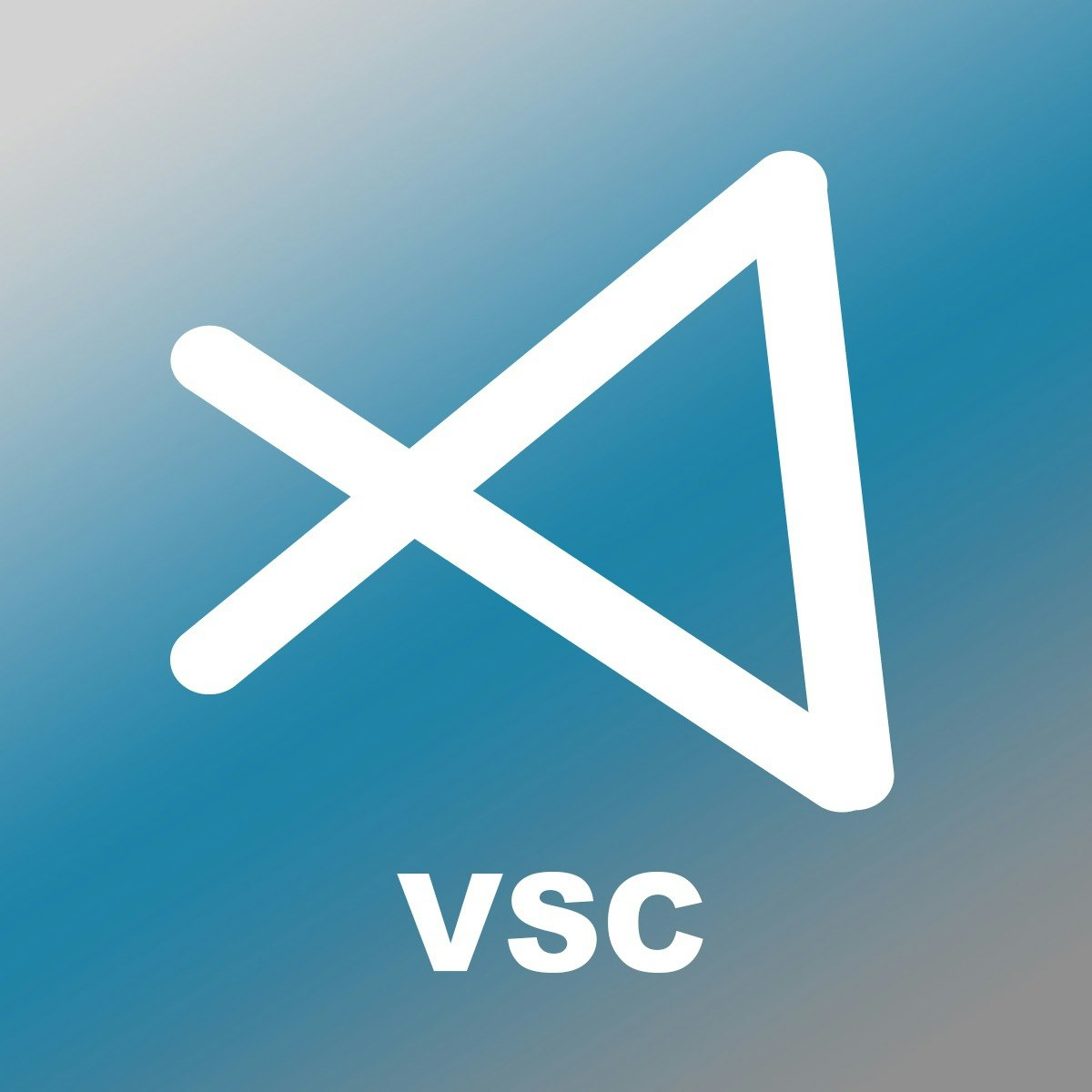Back to Courses









Computer Science Courses - Page 27
Showing results 261-270 of 2309

Configure Your IDE with Visual Studio Code
In this 1 hour guided project, you will learn how to configure your IDE (integrated development environment) with Visual Studio Code. This project was designed with beginners in mind. You do not need extensive development knowledge to follow along. Although we will set up a development environment for various programming languages. However, you can apply the same principle to set up for other languages. We will only focus on configuring Visual Studio Code and NOT the particulars writing code.

Support Vector Machines in Python, From Start to Finish
In this lesson we will built this Support Vector Machine for classification using scikit-learn and the Radial Basis Function (RBF) Kernel. Our training data set contains continuous and categorical data from the UCI Machine Learning Repository to predict whether or not a patient has heart disease.
This course runs on Coursera's hands-on project platform called Rhyme. On Rhyme, you do projects in a hands-on manner in your browser. You will get instant access to pre-configured cloud desktops containing all of the software and data you need for the project. Everything is already set up directly in your Internet browser so you can just focus on learning. For this project, you’ll get instant access to a cloud desktop with (e.g. Python, Jupyter, and Tensorflow) pre-installed.
Prerequisites:
In order to be successful in this project, you should be familiar with programming in Python and the concepts behind Support Vector Machines, the Radial Basis Function, Regularization, Cross Validation and Confusion Matrices.
Notes:
- You will be able to access the cloud desktop 5 times. However, you will be able to access instructions videos as many times as you want.
- This course works best for learners who are based in the North America region. We’re currently working on providing the same experience in other regions.

Introduction to Software, Programming, and Databases
There are many types of software and understanding software can be overwhelming. This course aims to help you understand more about the types of software and how to manage software from an information technology (IT) perspective. This course will help you understand the basics of software, cloud computing, web browsers, development and concepts of software, programming languages, and database fundamentals.
After completing this course, you will have a better understanding of software processes, and you'll be more confident in your understanding of using and securing your applications.
In this course, you'll learn about software that ranges from the operating system running on your mobile phone to the applications that run databases on your computer at work. You'll also begin to understand more about installing and managing web browsers, using extensions and plug-ins, and keeping web browsers secure and updated.
Additionally, you'll see how cloud-based technologies can help businesses create and deploy applications more quickly. This course will also teach you about the development and delivery of software and applications. By the end of the course, you'll understand simple programming concepts and types, and you'll become more familiar with the fundamentals of database management.

Spring MVC, Spring Boot and Rest Controllers
This is a course aimed at students wishing to develop Java based Web Applications and Restful Micro Services using the very popular Spring MVC and Spring Boot frameworks with minimal configuration. The student will develop services through various Url templates, consume and respond with json or XML payloads and create custom HTTP headers. Requestors of these services will include Java and Angular JS clients to illustrate the reuse capabilities of services in a distributed architecture. Traditional web applications will also be covered that render web pages in a typical Model View Controller (MVC) architecture. This is a very hands on course with a series of labs to illustrate the key concepts.

Get started with Wix
At the end of this project, you will have all the basic skills to discover Wix and its features in detail. Wix is a tool that allows you to create, manage and grow your web presence. You will know how to use Wix for the first time, with ease.
This project is for beginners, who have never used Wix before and would like to use Wix to build a website.

HTML and CSS: Building a Single-Page Website
In this 1-hour long project-based course, you will learn how to create a single page website for an imaginary travel agent using HTML and CSS. HTML and CSS are the core for building any website or web application and are indispensable knowledge for any web developer. HTML enables the creation of the web pages layout and structures while CSS enriches the HTML pages by adding the style and feel to them. Eventually, you will be able to use the knowledge acquired on far complex projects that employ these technologies in one way or another.
Note: This course works best for learners who are based in the North America region. We’re currently working on providing the same experience in other regions.

Number Theory and Cryptography
A prominent expert in the number theory Godfrey Hardy described it in the beginning of 20th century as one of the most obviously useless branches of Pure Mathematics”. Just 30 years after his death, an algorithm for encryption of secret messages was developed using achievements of number theory. It was called RSA after the names of its authors, and its implementation is probably the most frequently used computer program in the world nowadays. Without it, nobody would be able to make secure payments over the internet, or even log in securely to e-mail and other personal services. In this course we will start with the basics of the number theory and get to cryptographic protocols based on it. By the end, you will be able to apply the basics of the number theory to encrypt and decrypt messages, and to break the code if one applies RSA carelessly. You will even pass a cryptographic quest!
As prerequisites we assume only basic math (e.g., we expect you to know what is a square or how to add fractions), basic programming in python (functions, loops, recursion), common sense and curiosity. Our intended audience are all people that work or plan to work in IT, starting from motivated high school students.

Deploying Java-Maven Application With Jenkins CI/CD Tool
Jenkins is a powerful and flexible automation tool; It is used to automate almost anything.
It’s free and open source
It has a strong community with thousands of plugins you can use
Jenkins is used in a lot of companies, from startups to enterprises
In this guided project through hands-on, practical experiences, you will go through concepts like --
1. Deploying Java-Maven application using Jenkins freestyle
2. Deploying Java-Maven application using Jenkins DSL and Jenkins Pipelines (Jenkinsfile). Jenkins Pipeline is a new way of using Jenkins, the DevOps way!
3. Triggers in Jenkins
If you are starting your DevOps journey, Jenkins is a must-have skill.

Create a customer satisfaction survey with Typeform
During this project, you will be able to create a customer satisfaction survey in a single click with Typeform, which is an online form creation tool that will simplify the conception of different forms dedicated to data collection. You will be able to assess the degree of satisfaction of your target, which will allow you to take the necessary business actions afterwards.
This project is for beginners and people who want to create a customer satisfaction survey.

Improving Deep Neural Networks: Hyperparameter Tuning, Regularization and Optimization
In the second course of the Deep Learning Specialization, you will open the deep learning black box to understand the processes that drive performance and generate good results systematically.
By the end, you will learn the best practices to train and develop test sets and analyze bias/variance for building deep learning applications; be able to use standard neural network techniques such as initialization, L2 and dropout regularization, hyperparameter tuning, batch normalization, and gradient checking; implement and apply a variety of optimization algorithms, such as mini-batch gradient descent, Momentum, RMSprop and Adam, and check for their convergence; and implement a neural network in TensorFlow.
The Deep Learning Specialization is our foundational program that will help you understand the capabilities, challenges, and consequences of deep learning and prepare you to participate in the development of leading-edge AI technology. It provides a pathway for you to gain the knowledge and skills to apply machine learning to your work, level up your technical career, and take the definitive step in the world of AI.
